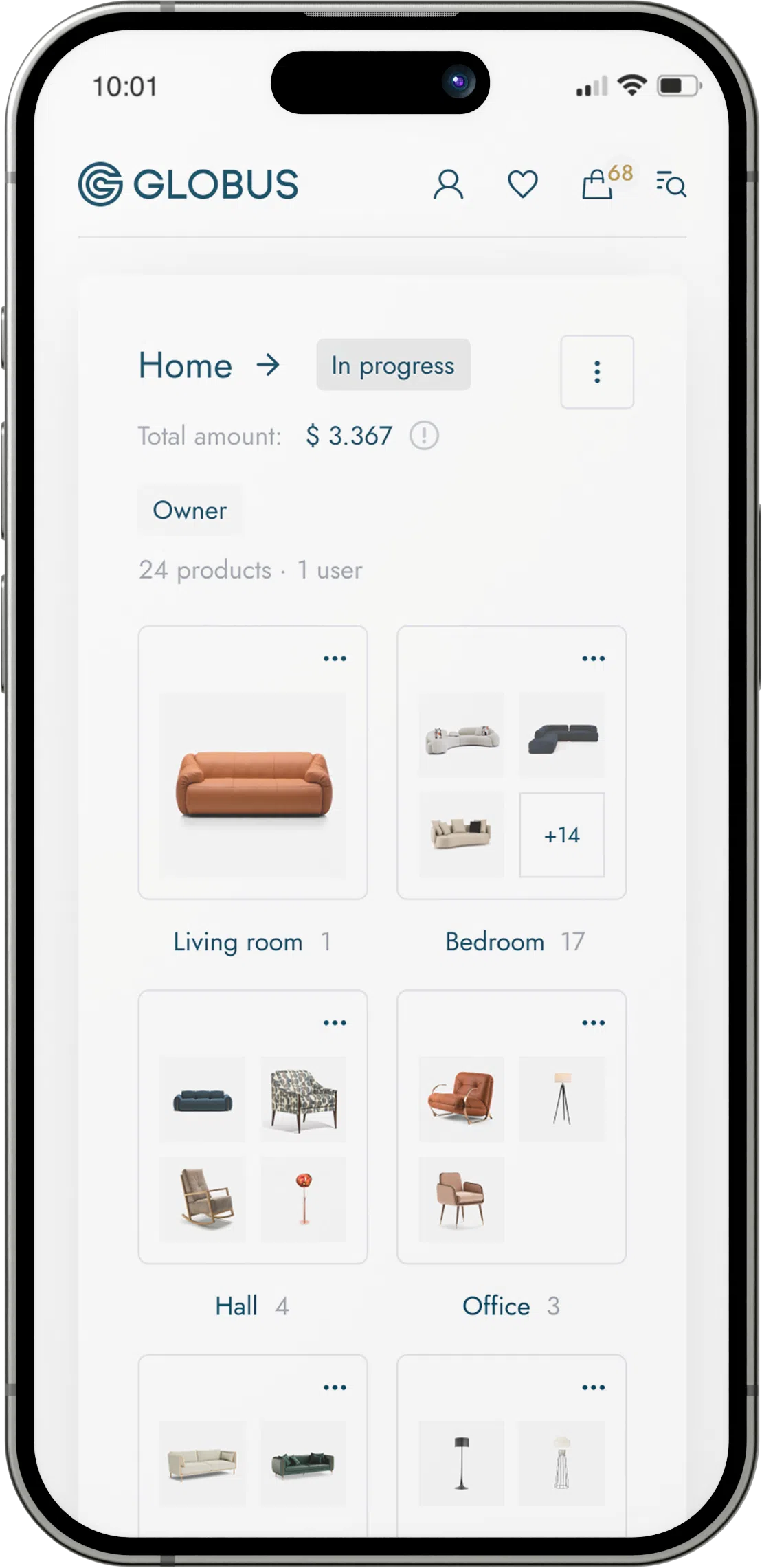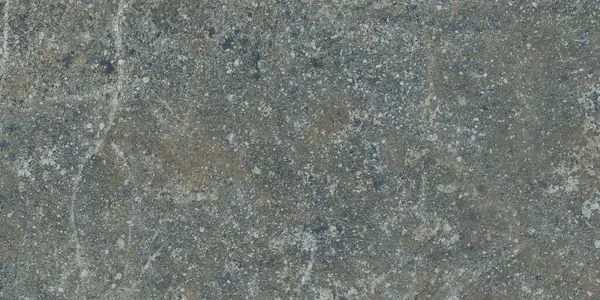Glassfibre Reinforced Concrete, commonly known as GRC or GFRC (where the F stands for fiber), is a composite material consisting of a cementitious matrix composed of cement, sand, water, and admixtures, with the addition of alkali-resistant glass fibers for reinforcement. First introduced in the 1960s, GRC has gained popularity in the construction and furniture industries due to its several advantageous properties. The glass fibers add strength and durability while the concrete serves as a solid structural matrix. Here are the notable attributes of GRC as a material used in furniture:
Strength and Durability: GRC products are known for their high tensile and flexural strength, which come from the glass fibers that provide reinforcement. This allows GRC furniture to withstand significant stresses and impacts without cracking, making it well-suited for both indoor and outdoor use.
Versatility: One of the standout advantages of GRC is the versatility it offers in terms of design. It can be molded into a wide range of shapes and sizes, which enables designers to create unique and complex furniture forms. Textures and colors can also be added to the mix, providing a vast array of stylistic options.
Weight: Compared to traditional concrete, GRC is relatively lightweight. This is because it can be cast in thinner sections, normally 10 to 15 millimeters, without sacrificing strength. Lightweight furniture is easier to transport and maneuver, which is a considerable benefit in both production and for the end-user.
Sustainability: With the construction industry increasingly emphasizing sustainability, GRC's composition, which can incorporate industrial by-products such as fly ash and slag in its formulation, adds an eco-friendly aspect to its appeal. This potentially reduces the carbon footprint associated with its production.



